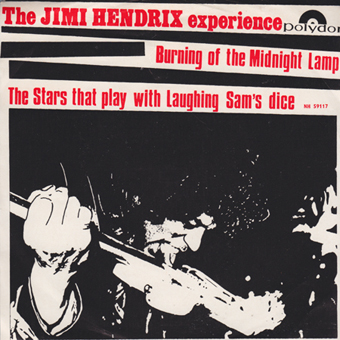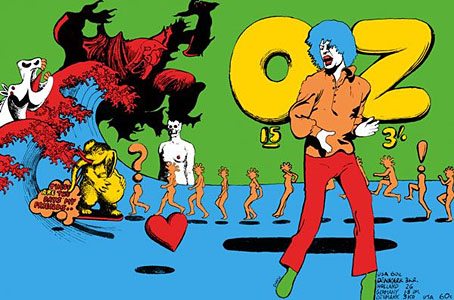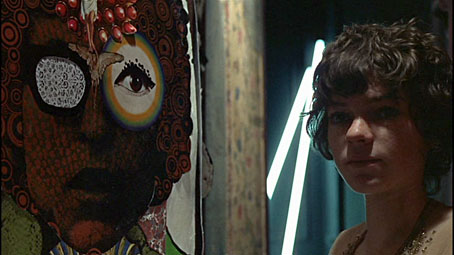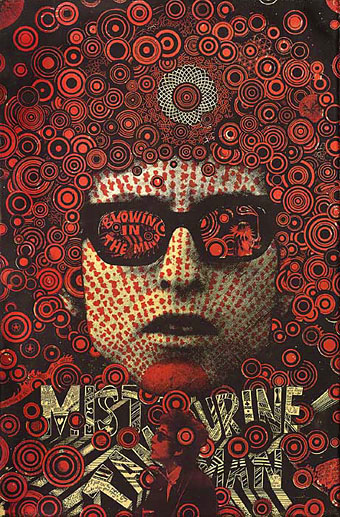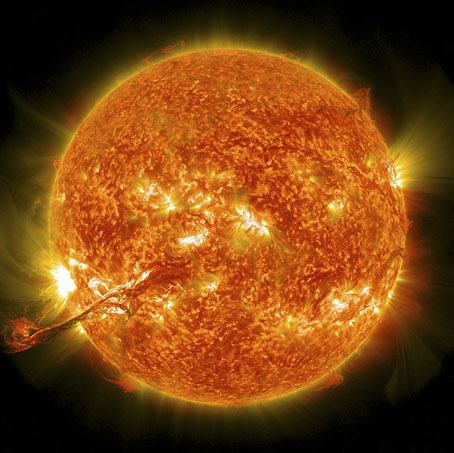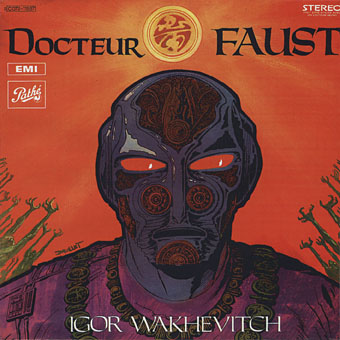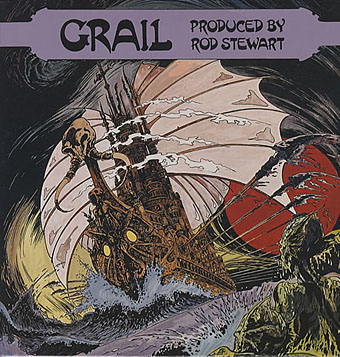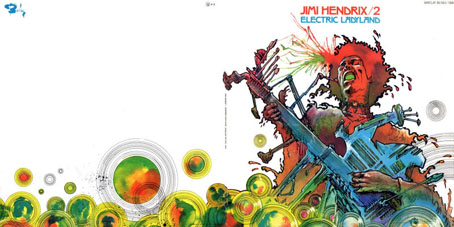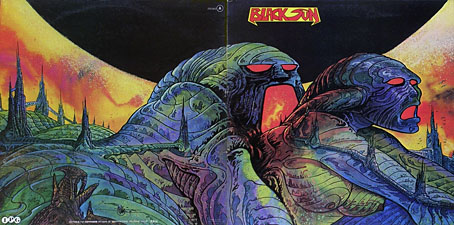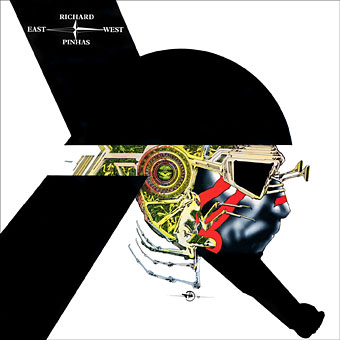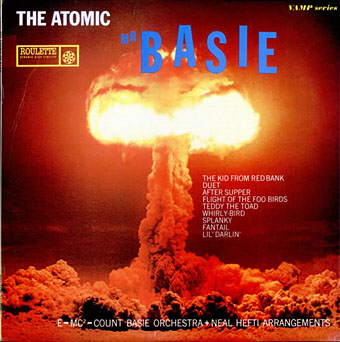
The Atomic Mr Basie (1957) by the Count Basie Orchestra.
A few more examples and this would have been part of the ongoing Design as virus thread. A recent post at MetaFilter led to this piece about the use and misuse of photos of nuclear tests. The Count Basie album above appears there, a cover I’d not seen before. This isn’t the same cover as in the post since there were several variations of this album entitled either Basie or The Atomic Mr Basie.

Hood, 11:40.00.4 5 July 1957.
The photo on the cover was of “Hood”, one of the detonations from Operation Plumbbob, a series of tests that took place in the Nevada Desert during the summer of 1957.
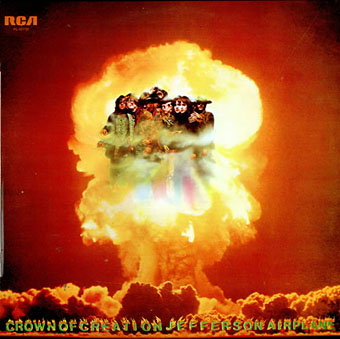
Crown of Creation (1968) by Jefferson Airplane. Design: John Van Hamersveld.
The Basie cover reminded me immediately of a similar cover for Jefferson Airplane’s Crown of Creation album a decade later. No doubt both albums chose shots of explosions against dark skies since they look a lot more fiery and dramatic than those photographed in the desert daylight. I’ve often wondered if this cover—which runs counter to the peace & love vibes of the late 60s—gave Norman Spinrad the idea for his story The Big Flash published a year later. Spinrad’s story is a twist on the usual scenario of Jesus or Satan appearing in contemporary guise: “The Four Horsemen” are a rock band who are also the actual Four Horsemen of the Apocalypse. Their popularity leads the world willingly to nuclear destruction.

Fizeau, 16:45 14 September 1957.
The first surprise was that this isn’t a night shot. The second surprise was discovering that “Fizeau” was also a part of Operation Plumbbob. This page has more details of the complete operation in all its cancer-inducing glory.
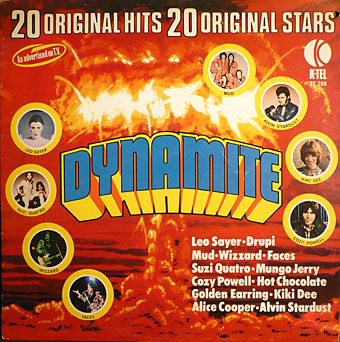
Dynamite (1974) by Various Artists. Artwork by Phil Richards.
There may be other albums using the Plumbbob photos but the only other example that came to mind was a painted cover which is vaguely reminiscent of the pictures above. I wouldn’t have known this one at all if I hadn’t received it as a Christmas present in December 1974. Of all the cheap compilation albums I used to play on my first record player this was easily the best one, an odd mix of glam, forgettable pop and the heavy rock that in those days made it into the charts on a regular basis. “As advertised on TV.” The Cozy Powell number, Dance With The Devil, was a drum-led instrumental based on Jimi Hendrix’s Third Stone From The Sun. It still sounds good today.
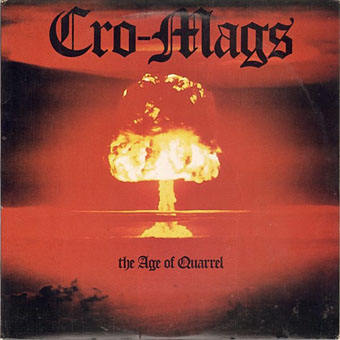
The Age of Quarrel (1986) by Cro-Mags.
An album by a hardcore band that uses a shot of the Romeo test from Operation Castle, 1954. Thanks to @NONPOPOCCULTURE.
Update: Added Cro-Mags.
Elsewhere on { feuilleton }
• The album covers archive


